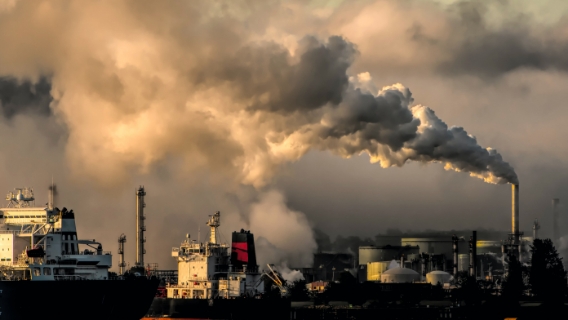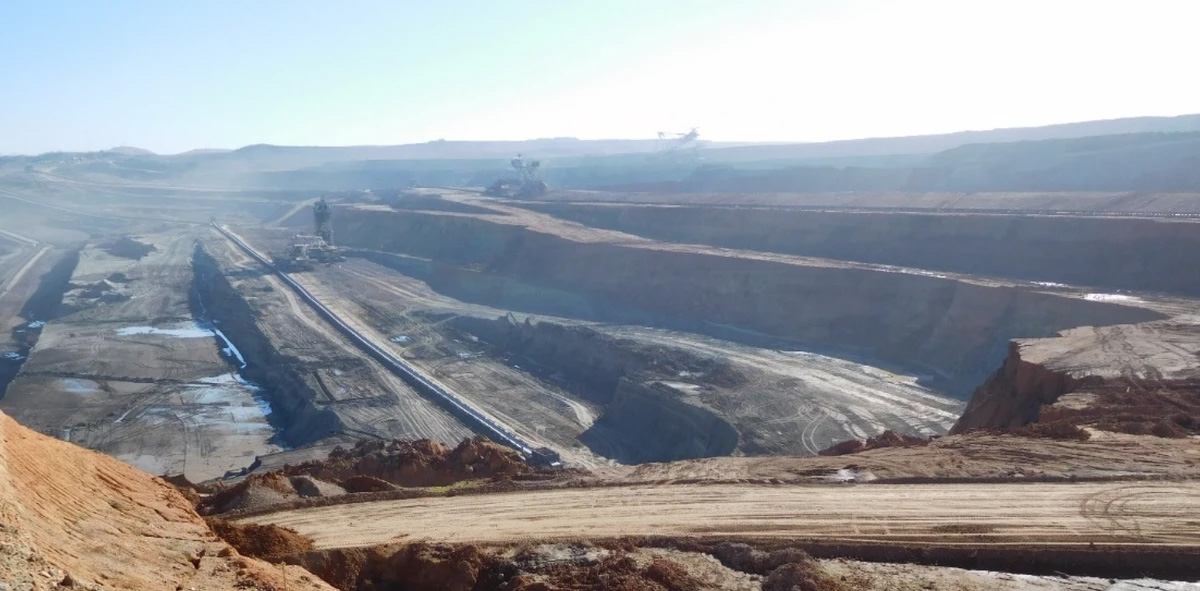How Athens is blocking the shift to clean energy in favour of fossil fuels
Greece’s government has blocked the development of renewable energy technology that could have eased the country’s electricity crisis as part of policies to favour natural gas.
An investigation by Greek journalism collective The Manifold for SourceMaterial, the second in a series, found that government policy had increased the risk of market turbulence and slowed the transition away from fossil fuels by setting renewable technologies in competition with gas.
The full investigation, published in partnership with Reporters United, is online in Greek here.
At the 2019 United Nations Climate Action Summit, newly elected prime minister Kyriakos Mitsotakis delivered the shock announcement that Greece would phase out its lignite power stations—despite campaign promises to industry that the highly polluting brown coal plants would be kept open.
It should have been a boost for Greek renewable energy. But a month later, at the opening of a private natural gas plant by the industrial conglomerate Mytilineos Group, Mitsotakis clarified his previous, more climate-friendly speech, explaining that natural gas would be the “gentle bridge of transition towards the era of clean energy”.
The result was a rush of gas investment fever that has seen usage of the fossil fuel soar to exceed 40 per cent of the daily electricity mix, pushing Greece into the top six gas-burning states in the European Union.
Last year Greece was plunged into an energy crisis, exacerbated by a hyper-liberalisation that left the nation exposed to extreme market fluctuations (‘Greece’s gas trap – Part I’). Mitsotakis’s transition was proving anything but gentle.
Since then, Russia’s invasion of Ukraine has led to even more turmoil in the markets. But experts consulted by The Manifold say much of this could have been avoided if the government had not deliberately put the brakes on pumped and thermal storage systems—clean infrastructure that can help stabilise prices in place of gas.
Pumped storage, the oldest and simplest of the technologies, uses excess electricity to move water to higher reservoirs, from where it can be released to generate hydroelectric power when demand is high. Thermal storage uses a variety of methods involving chemicals, tanks, or batteries to retain electricity and release it when it is needed. Both are seen as vital to a transition to renewable energy, helping to regulate supply amid natural fluctuations in sun and wind.
Licensing ban
Since the 2019 de-lignification announcement, the energy regulator has received licence applications for energy storage projects totalling 14 GW, more than the entire installed power capacity in Greece. The leadership of the Ministry of Environment and Energy (RIS), has repeatedly promised to set up a framework for integrating energy storage into the grid.
But nearly three years on, the framework is still pending. Meanwhile, government decisions have created obstacles to energy storage projects, beginning with the unexpected decision in the summer of 2021 to ban licensing applications for projects that combine renewable generation thermal storage.
While that ban has since been reversed after pressure from energy storage providers, the government’s stance has led to huge delays in implementation, while construction of gas infrastructure continues apace, says Emmanouil Karapidakis, dean of the School of Engineering of the Hellenic Mediterranean University.
“We could already have the first projects now,” says Karapidakis, who helped lobby against the ban. “It would be an exaggeration to say that we would have solved the problem but we would have had at least one more weapon.”
The government has skewed policy against renewable storage systems in order to reward investors in gas, says Karapidakis.
“The reason is simple: you invest in natural gas and you want them to pay off their money,” he says. “The security provided by natural gas to the system can be provided by batteries, pump storage and any other storage technology. There is a competition and unfortunately at the moment gas is winning.”
Pumped storage is an “overripe” technology that should already be in place, says Nikos Mantzaris, an analyst at The Green Tank, a non-profit research group. While there are some difficulties with land use and specific geographical requirements, these are often overstated, he says.
Yet the government appears to be doubling down on gas. The energy ministry’s secretary general, Alexandra Sdoukou, said recently that gas is no longer seen as a “transitional fuel” but as a “guarantor” of the transition to clean energy.
The national grid operator’s 10-year development plan envisages a total of six new natural gas units with a total output of 3.3 GW. Coupled with the Ptolemaida V lignite unit, currently under construction and expected to be converted into a 1 GW gas unit in 2025, the new infrastructure is set to almost double Greece’s fossil fuel capacity.
The government is preparing the upgrade of the liquefied natural gas storage station in Revythousa, while a new storage terminal is also being planned at Alexandroupolis. Greek shipowners own the largest fleet of gas carriers in the world.
Mantzaris says he has repeatedly raised the issue of pumped storage in meetings with the government, to little effect.
“I was asking, why aren’t we moving on to this?” he says. “I never got an answer.”
Picture: Tankers off Thessalonki, Greece, John Maravelakis on Unsplash







